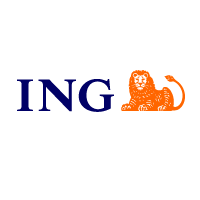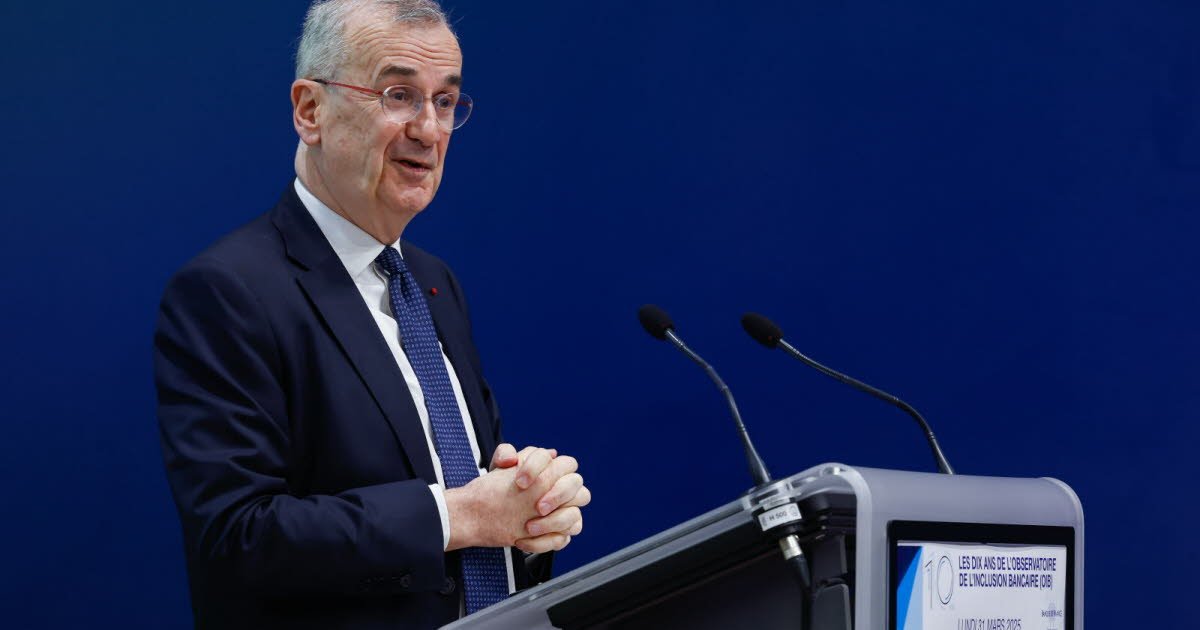Nathanaël Bondu is a Vice President at Woodalls, an engineer-architect, and global project leader delivering multimillion-dollar builds.
In today’s increasingly globalized world, the most complex, high-value construction projects are no longer limited by borders. But delivering excellence across multiple geographies, languages and time zones isn’t simply a matter of logistics; it’s a matter of leadership, clarity and trust.
At the design firm where I work, I oversee high-end commercial fit-out projects across France, Belgium, Luxembourg, Monaco and Switzerland. Trained as both an engineer and architect, I have also contributed to luxury residential and commercial developments across the U.S., Canada, Dubai, Argentina, the United Kingdom, Poland, Italy and Spain. These experiences have taught me one fundamental truth: Delivering consistent, high-quality results internationally requires far more than technical know-how.
The Hidden Complexity Of Cross-Border Projects
Whether the client is a multinational corporation or a prominent family building a private residence, cross-border execution brings unique challenges. Local regulations vary. Cultural expectations differ. Holidays, timelines and working styles don’t align. The logistics of shipping and customs alone can disrupt an entire timeline.
One particularly challenging project I worked on involved a technology company with close governmental ties and highly sensitive operational requirements. The delivery timeline was exceptionally tight: We were expected to complete the fit-out in record time while ensuring uninterrupted operations within an active workplace. This required deploying teams over weekends and maintaining near-silent construction zones during working hours. In addition, we had to navigate a strict and complex security protocol that impacted both access and materials handling. To meet these constraints, we overhauled our entire procurement strategy, securing materials with unprecedented speed and precision. Success depended on clarity at every stage and trust between all stakeholders, both internal teams and client-side collaborators.
A Proven Method For Delivering Consistently
The cornerstone of successful project delivery, especially across borders, is one word: clarity. I apply an 80/20 approach, devoting 80% of energy and planning in the design phase, so execution can unfold smoothly. At the outset, this means:
• Clarifying evolving needs with the client
• Identifying who makes decisions, and how fast
• Anticipating where design changes or risks might arise
• Ensuring all documents are clean, clear and detailed
From running workshops to mapping internal stakeholders’ availability (including summer vacation schedules), every detail matters. Once execution begins, it becomes more about orchestration than firefighting.
Building Trust Across Borders
One time we saved our client significant costs by optimizing scope early and adjusting procurement accordingly. Although we communicated this potential to the client, we deliberately held off on confirming the savings until project completion to preserve flexibility and account for any unforeseen circumstances. Managing expectations while quietly delivering excellence often yields the most impact and builds trust that lasts beyond the project itself.
This example illustrates why communication is the lifeblood of global projects. Calls happen at night, on weekends, across time zones. Trust is built through presence, not just emails. I travel to meet architects and designers personally, to understand their culture, creative language and vision.
As an architect myself, I can decode the values embedded in design: quality of life, sustainability, social interaction. This mutual understanding helps ensure seamless collaboration, even when the team spans multiple continents.
Defining “Quality” In An International Context
Too often, quality is reduced to the choice of materials, but in international projects, it goes deeper: It’s about clean deliverables, clear timelines, transparent communication and responsiveness. A client should feel their representative on-site is not only managing, but embodying their expectations.
It also means anticipating problems before they arise. I believe in structuring decision-making processes, ensuring accountability and avoiding the all-too-common trap of overcomplicated hierarchies.
The Future Of Cross-Border Project Management
We are on the verge of a revolution. With the rise of AI, 3D cameras and augmented reality, I believe the distance between a client and a site will shrink dramatically in the near future. From procurement to material selection and from design reviews to live walkthroughs, everything will become more seamless and data-driven.
But even with the most advanced tools, one thing won’t change: the need for human connection, trust and leadership. Because no matter how global the project, quality delivery remains a local, personal responsibility.
Forbes Business Council is the foremost growth and networking organization for business owners and leaders. Do I qualify?








